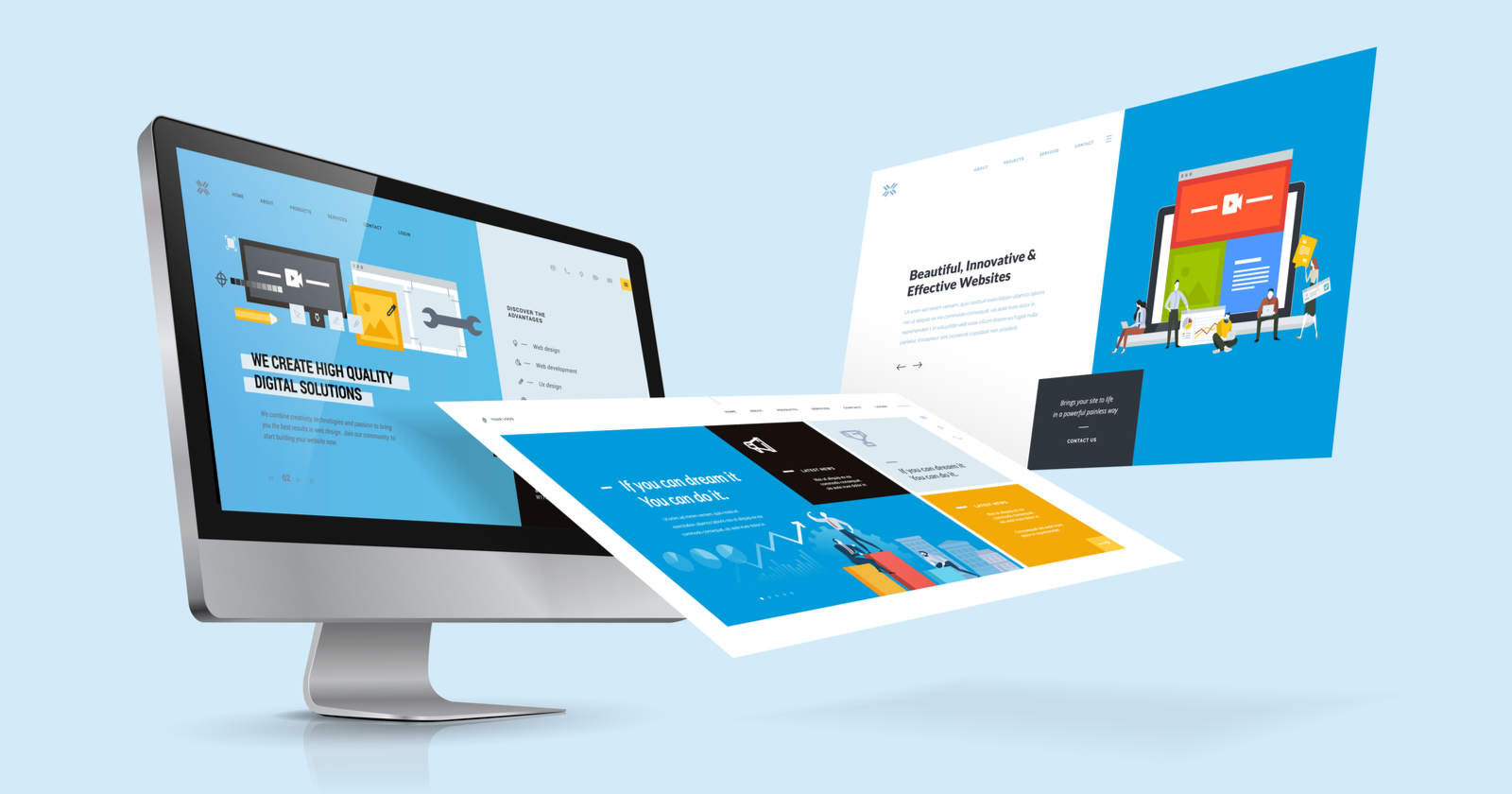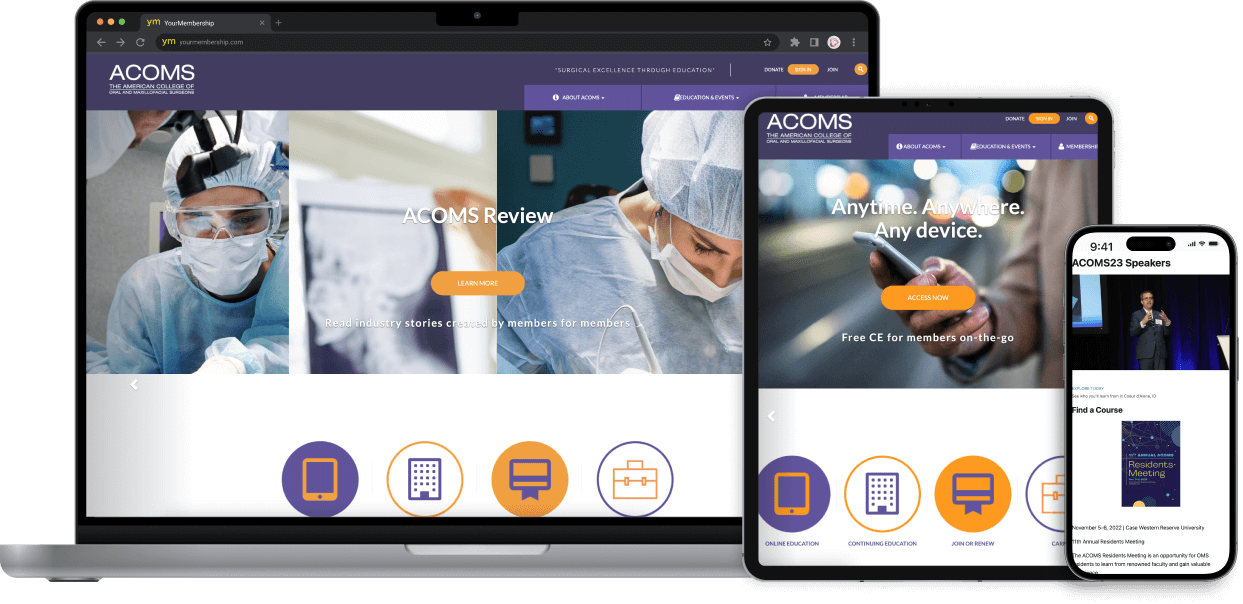
Crafting a User-Friendly Experience: Vital Components of Reliable Site Design
In the world of internet site style, the relevance of crafting a straightforward experience can not be overemphasized. Vital elements such as a clear navigating structure, responsive design principles, and quickly filling times act as the foundation for engaging users properly. Furthermore, an intuitive interface coupled with obtainable content standards makes certain that all individuals, despite ability, can browse with ease. Yet, regardless of these fundamental principles, numerous web sites still falter in delivering this smooth experience. Understanding the hidden variables that add to effective design can shed light on just how to boost user satisfaction and interaction.
Clear Navigating Framework
A clear navigating framework is essential to effective internet site layout, as it straight affects user experience and involvement. Customers must be able to situate information easily, as user-friendly navigating reduces frustration and urges expedition. An efficient design allows site visitors to comprehend the relationship between various web pages and web content, bring about longer website sees and raised communication.
To attain clearness, designers should employ acquainted patterns, such as side or top navigation bars, dropdown food selections, and breadcrumb trails. These elements not only enhance use yet additionally provide a sense of positioning within the site. Furthermore, preserving a consistent navigation structure throughout all web pages is vital; this experience helps individuals prepare for where to find preferred information.
It is likewise important to limit the number of food selection things to prevent overwhelming users. Focusing on one of the most essential sections and utilizing clear labeling will lead site visitors efficiently. In addition, including search functionality can better aid individuals in finding details web content quickly (website design). In summary, a clear navigating structure is not merely a layout selection; it is a tactical component that significantly affects the general success of an internet site by cultivating a delightful and effective customer experience.
Responsive Layout Principles
Effective internet site navigating sets the stage for a seamless individual experience, which becomes even extra vital in the context of responsive layout principles. Receptive layout makes sure that sites adjust fluidly to different display dimensions and orientations, enhancing availability across tools. This flexibility is achieved through adaptable grid layouts, scalable pictures, and media questions that enable CSS to adjust designs based on the gadget's characteristics.
Key principles of receptive style include liquid designs that utilize percents rather than repaired systems, guaranteeing that components resize proportionately. Furthermore, employing breakpoints in CSS allows the design to transition smoothly between various device dimensions, optimizing the layout for each display type. The usage of receptive photos is likewise necessary; photos ought to instantly readjust to fit the display without losing high quality or causing layout shifts.
Moreover, touch-friendly user interfaces are vital for mobile users, with adequately sized buttons and user-friendly motions improving customer communication. By integrating these principles, designers can create sites that not only look visually pleasing however also give interesting and useful experiences across all gadgets. Eventually, reliable receptive style cultivates individual complete satisfaction, decreases bounce rates, and encourages longer engagement with the Source web content.
Fast Loading Times
While individuals increasingly anticipate internet sites to load promptly, quick filling times are not simply a matter of benefit; they are essential for maintaining site visitors and boosting general user experience. Research study indicates that users usually abandon internet sites that take longer than three secs to lots. This abandonment can result in raised bounce prices and decreased conversions, eventually hurting a brand name's online reputation and income.
Quick packing times enhance user involvement and contentment, as visitors are most likely to discover a site that reacts swiftly to their interactions. Additionally, internet search engine like Google prioritize rate in their ranking algorithms, indicating that a slow-moving site may struggle to attain presence in search results.

User-friendly Individual Interface
Fast loading times lay the groundwork for an interesting online experience, however they are just part of the equation. An instinctive interface (UI) is necessary to make certain site visitors can browse a site effortlessly. A well-designed UI enables individuals to achieve their purposes with marginal cognitive tons, fostering a seamless communication with the website.
Crucial element of an instinctive UI consist of regular layout, clear navigation, and recognizable icons. Uniformity in design elements-- such as color pattern, typography, and button styles-- aids customers recognize how to engage with the website. Clear navigation frameworks, including logical food selections and breadcrumb tracks, make it possible for customers to find details rapidly, reducing irritation and enhancing retention.
In addition, responses devices, such as hover effects and loading indicators, notify customers concerning their activities and the website's action. This transparency cultivates trust and motivates continued engagement. Prioritizing mobile responsiveness makes certain that individuals enjoy a natural experience throughout tools, providing to the diverse methods target markets access content.
Obtainable Material Guidelines

First, make use of uncomplicated and clear language, preventing lingo that may puzzle visitors. Stress correct heading structures, which not just help in navigating but likewise aid screen viewers in interpreting material pecking orders effectively. Additionally, give alternate message for pictures to convey their definition to individuals that depend on assistive technologies.
Contrast is another crucial aspect; make sure that message stands apart against the background to enhance readability. Moreover, make sure that video clip and audio material includes inscriptions and transcripts, making multimedia available to those with hearing impairments.
Last but not least, integrate keyboard navigability right into your layout, enabling individuals who can not utilize a computer mouse to gain access to all website attributes (website design). By adhering to these obtainable content guidelines, internet designers can create comprehensive experiences that deal with the requirements of all individuals, ultimately enhancing individual involvement and contentment
Verdict
To conclude, the assimilation of vital aspects such as a clear navigating structure, responsive style principles, fast loading times, an intuitive user interface, and available content standards is essential for creating an user-friendly site experience. These elements jointly enhance usability and interaction, ensuring that individuals can easily navigate and connect with the site. Focusing on these layout elements not just enhances total complete satisfaction however likewise promotes inclusivity, suiting diverse customer requirements and choices in the electronic landscape.
A clear navigating framework is fundamental to efficient website style, as it directly affects user experience and involvement. In summary, a clear navigation framework is not just a design option; have a peek at this site it is a critical element that dramatically affects the overall success of a website by cultivating a effective and delightful user experience.
Furthermore, touch-friendly interfaces are vital for mobile users, with effectively sized buttons and user-friendly gestures improving customer communication.While customers increasingly expect websites to fill promptly, quickly packing times are not simply an issue of convenience; they are essential for retaining site visitors and improving overall individual experience. website design.In conclusion, the combination of important components such as a clear navigating framework, responsive style concepts, quick loading times, an intuitive customer interface, and easily accessible material standards is crucial for creating an user-friendly site experience